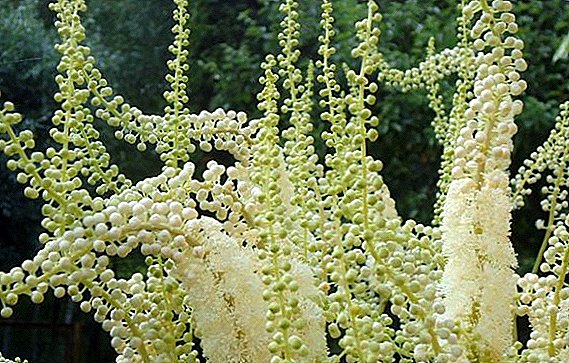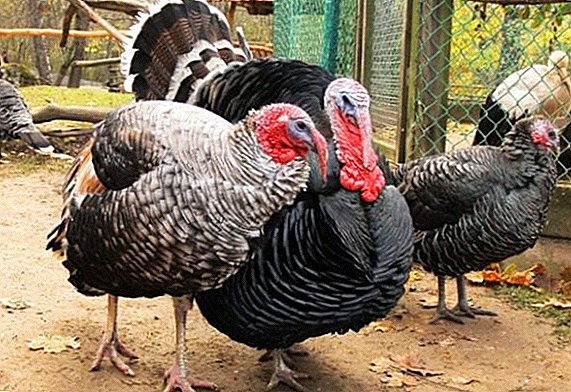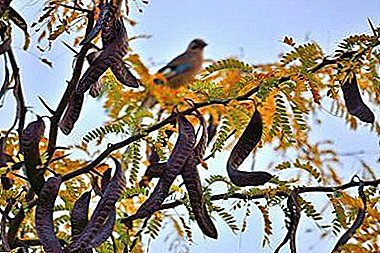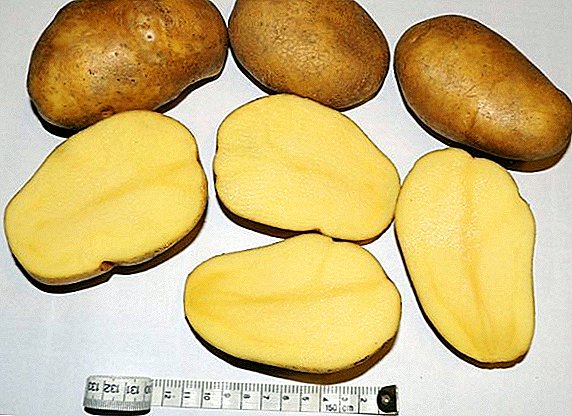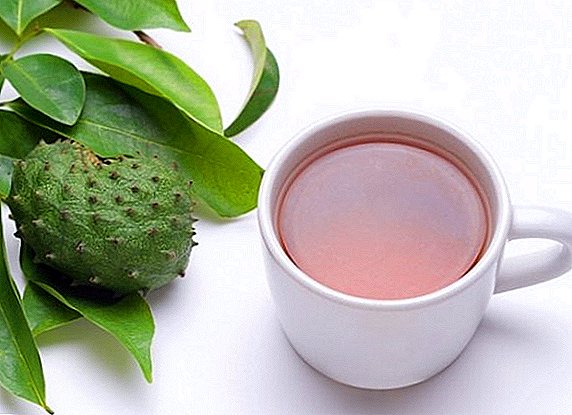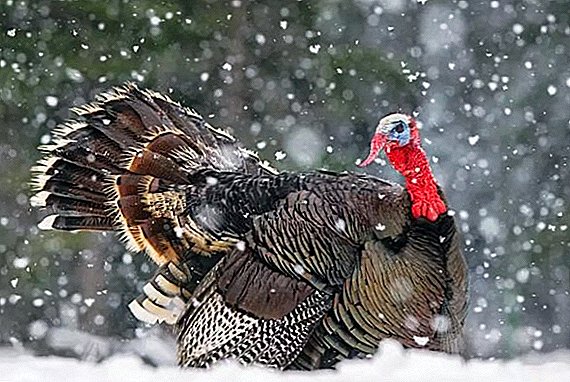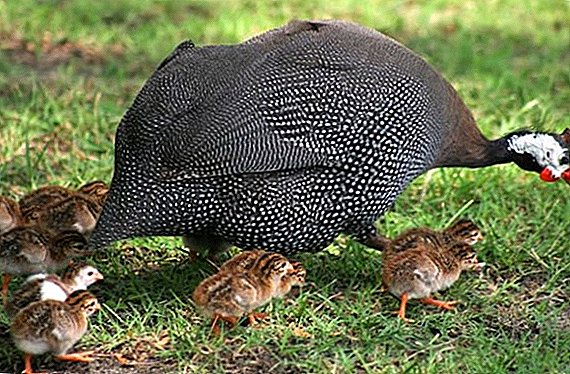 Recently, poultry farmers have been particularly interested in breeding guinea fowl, like birds, which provide not only tasty and healthy meat, but also eggs, and even feathers of unusual colors. Learn how to start independently breeding these birds and how to care for them to get the desired result.
Recently, poultry farmers have been particularly interested in breeding guinea fowl, like birds, which provide not only tasty and healthy meat, but also eggs, and even feathers of unusual colors. Learn how to start independently breeding these birds and how to care for them to get the desired result.
How to choose chickens chickens when buying
For breeding guinea fowl it is necessary first of all to acquire chicks from which the main herd will be formed.  Here's what to look for when buying:
Here's what to look for when buying:
- The appearance of chicks. The down, which at this time replaces the future plumage, must be smooth and soft. The wings are tightly pressed to the body, and the ass clean.
- Guinea fowl must move confidently and stand on their feet.
- Chicks should actively respond to sounds.
Did you know? Today, not only meat and chicken eggs are popular, but also their unusual feathers. Needlewomen on their basis make beautiful jewelry that are at the height of fashion.
How to determine gender
The only difference by which you can identify the sex of the hens, is a red growth, which is located above the beak. In females, it is not as pronounced as in males, and is painted in pale pink color.
Video: how to determine the sex of guinea fowl
We grow chickens of chickens at home
Without proper care and maintenance, even a healthy chicken will not grow into a full-fledged guinea fowl. To achieve the desired goal, you need to know what to do to make the chick feel normal and grow properly.
We advise you to read about how to bring guinea fowl in a home incubator, as well as how to breed guinea fowls at home.
Choosing the right cell
Baby guinea fowls are grown in cages, as this method is more convenient.
- The cage can be wooden or metal mesh.
- Cell sizes from birth to the age of 20 days should not exceed 10 mm.
- The bottom of the cage is covered with paper so that the kids do not accidentally fall through the cracks and get injured.
- Inside without fail place feeders and drinking bowls.

Conditions of detention
In order for the purchased chicks to grow into full-fledged, and most importantly, healthy individuals, it is important to follow certain rules for their maintenance. First of all: when placing birds you should not exceed the number of 10 animals per 1 square meter. meter.
Important! Anyone who has ever dealt with a goosefish knows that fly they are good enough. Therefore, it is important on the first day of life to trim the wings of their hands to them, so that at one point they will not disappear from your yard.
Temperature conditions
In the first days of life, the temperature in the place where the Tsars are located should be within 30 ° C. After 5 days, the temperature begins to gradually decrease. Comfortable temperature in the house for chicks, whose age is more than 1 month, is about 15 ° C. 
Humidity
Humidity in the room where the chicks are located should be in the range of 70%. The higher rate is due to low temperatures in the chicken coop, as well as evaporation of water. Accordingly, if the temperature is high - the humidity decreases, this also reflects badly on the condition of the birds.
Check out the list of wild and domestic guinea fowl breeds.
Lighting
Light stimulates the hypothalamus through the optic nerve - respectively, its lack is bad for growth and health. If natural lighting is not enough, you need to increase the daylight time to 12 hours in any way possible. It doesn't matter when you do it - the main thing is that these manipulations take place at the same time, systematically. 
How to feed chickens chickens
Since guinea fowls, like other poultry, are allowed to feed almost immediately after birth, the diet of chickens is almost the same as an adult, only the number is less. At first, about 15 days, chicks are fed up to 10 times a day. Then, gradually, by the age of 1 month, the number of feedings is adjusted to 3 times per day.
Important! Since young chickens swallow food quickly enough, experienced breeders recommend giving out food in small portions, using oblong-shaped feeders.
Newborns
The optimal diet of the newborn chick (per day):
- wheat bran - 1 g;
- ground corn - 1 g;
- oatmeal - 1 g;
- boiled eggs - 1.2 g;
- yogurt - 3 g;
- greens - 2 years

Wheat groats
To obtain fiber, which is necessary for the normal functioning of the stomach, chickens are given wheat cereal in their diet. At first, it should be thoroughly crushed and steamed using ordinary boiling water or hot milk, which birds will also like to taste. After the grain has grown in size and has become soft, water is drained, and the grain is given to the chicks in a small amount.
Poultry farmers will be interested in reading about how and how to properly feed chickens, turkey poults, ducklings and goslings.
Ground eggs
This product can be given to chicks immediately after birth. Boiled eggs, and then carefully crushed, they can add bread crumbs. In the first days of chickens, raw protein should be 25% of the total feed.
Weekly
Although at this age the birds no longer need such special attention to the diet as newborn chicks, it must also be balanced.  Daily diet of weekly chicks:
Daily diet of weekly chicks:
- wheat bran - 1.83 g;
- ground corn - 1.83 g;
- oatmeal - 1.83 g;
- fish meal - 1 g;
- boiled eggs - 1.4 g;
- yogurt - 5 g;
- greens - 6.7 g
Prostokvashina
Chicks that live for more than a week are advised to drink yogurt or serum. Also, on the basis of this product, you can prepare mash with cereals or pre-chopped greens.
Read more about the nutrition and content of guinea fowl.
Fish fillet
This animal feed is very useful for birds at any age. In chicks, thanks to this product, feathers start growing faster. In addition, due to the large amount of proteins and fatty acids, it has a positive effect on the vital activity of the whole organism.  Birds are fed only by the fish that has been heat treated and all the bones are removed from it.
Birds are fed only by the fish that has been heat treated and all the bones are removed from it.
Various greens
Already from the age of 7 days, the chicks willingly eat fresh grass, which must be chopped beforehand.
Learn more about the beneficial properties of guinea fowl.
They can be given:
- Clover. Restores the lack of protein in the body.

- Alfalfa Rich in vitamin A, which has a positive effect on vision.
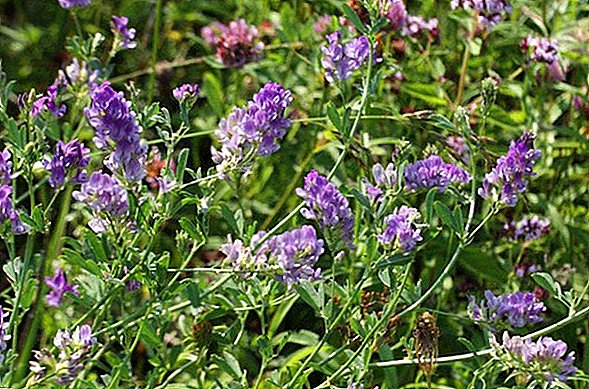
- Dandelions. As part of a large amount of vitamins.
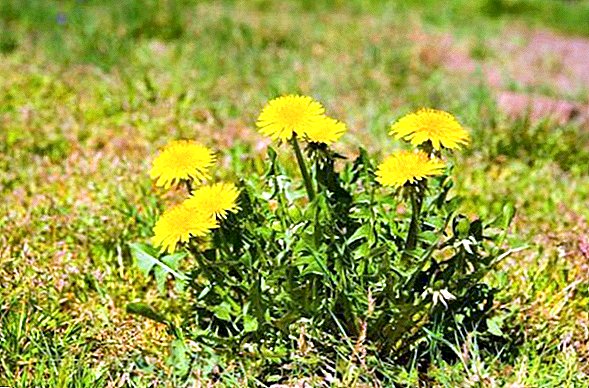
- Cabbage leaves. High content of minerals and nutrients.

Did you know? Guinea fowl - it is also useful for the economy bird. It turns out that she loves to eat the Colorado beetles and other harmful insects that attack the garden every summer.If you get healthy chicks and do not save on the maintenance and feed, you can grow good guinea fowls without much effort. Try it, and you will definitely succeed.






